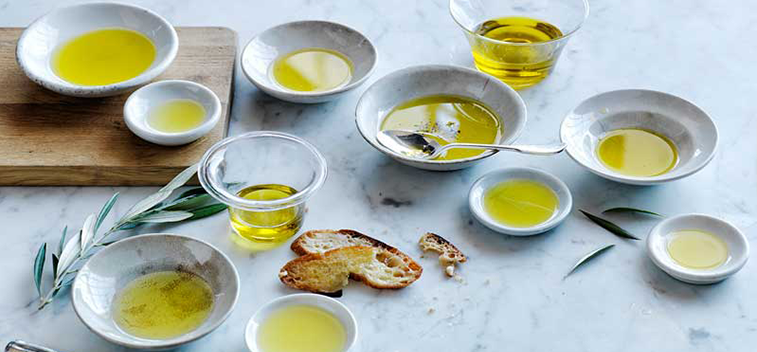
It is one of the treasures of Mediterranean gastronomy, it adds flavor and texture to any dish, both sweet and salty, and it does well on top. Olive oil is a versatile product that does not resist almost any challenge. Carried to the stove, it means important qualitative and nutritive differences, as well as sensible differences in the taste of the dishes. The doubts surrounding it are many and very heterogeneous and today we want to address the most elementary ones.
In Spain, the consumption of oil is 13.5 liters per person per year and represents 2.19% of the household budget for food. Olive oil and sunflower oil are consumed mostly, both contain important nutrients; linoleic acid and vitamin E sunflower oil, and polyunsaturated fatty acids olive. The choice depends on how we use it. To cook at high temperatures, the olive, because the sunflower decomposes faster; although, this one is also suitable to use raw. In this article we want to address elementary issues that will help you decide what type of oil to use.
• Olive, virgin, extra virgin ...? The difference is in the extraction method. The extra virgin is the highest quality, does not use refinement and does not exceed 0,8º of acidity. The virgin can reach 2º and the olive, to dry, is refined and mixes the previous two. The difference in tasting is unmistakable.
• The packaging: Glass is the most hygienic, although the most expensive. Tetrabricks and cans are adequate, but they do not allow to see the content. Plastic is the predominant packaging because of its lower cost, but it is the one that offers the shortest storage time.
• Where to keep it: To protect its organoleptic properties, it is advisable to avoid direct exposure to light, unless the container is opaque. It is also preferable to avoid direct ventilation of the product and away from direct heat sources, such as stoves or some appliances. The metals (copper or iron) increase the oxidation of the oil.
• What temperature can it reach? According to the International Olive Oil Council, an average temperature in olive oil is one that does not exceed 130-145 ºC, and is used in the frying of foods with a high water content, such as vegetables or potatoes. At high temperature, between 155 and 170 ºC, the batters are fried, and at 175-190 ºC, small foods and very short frying. However, extra virgin olive oil can reach 210 ºC. But first of all, do not let the oil burn.
• Does the oil expire? Of course. The prolonged passage of time can produce oxidation of the product. Pay attention to the smell that it presents; if you think the oil smells funny, like rancid, do not consume it.
SOURCE: aceitedeoliva.com.